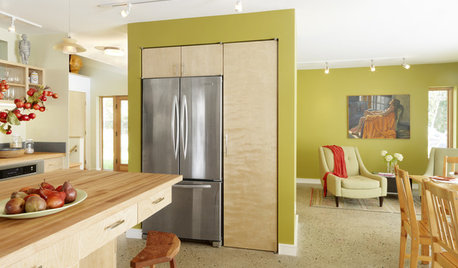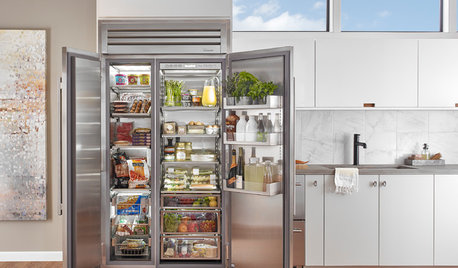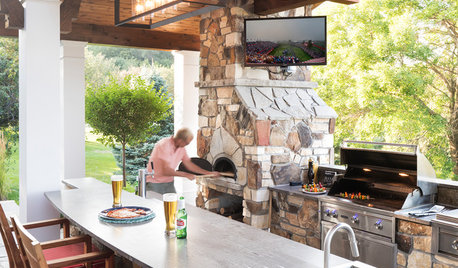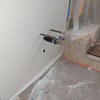Softened water to fridge ice maker?
Andresrr
12 years ago
Featured Answer
Comments (17)
User
12 years agoRelated Professionals
Charlottesville Kitchen & Bathroom Remodelers · Fort Myers Kitchen & Bathroom Remodelers · Glen Carbon Kitchen & Bathroom Remodelers · Idaho Falls Kitchen & Bathroom Remodelers · Lakeside Kitchen & Bathroom Remodelers · League City Kitchen & Bathroom Remodelers · Mesquite Kitchen & Bathroom Remodelers · Morgan Hill Kitchen & Bathroom Remodelers · Salinas Kitchen & Bathroom Remodelers · South Park Township Kitchen & Bathroom Remodelers · Terrell Kitchen & Bathroom Remodelers · Toledo Kitchen & Bathroom Remodelers · Vienna Kitchen & Bathroom Remodelers · Forest Hills Kitchen & Bathroom Remodelers · Wilmington Island Kitchen & Bathroom RemodelersUser
12 years agoAndresrr
12 years agoasolo
12 years agoAndresrr
12 years agoasolo
12 years agoAndresrr
12 years agoUser
12 years agoasolo
12 years agoAndresrr
12 years agoUser
12 years agolazypup
12 years agoUser
12 years agoAndresrr
12 years agoUser
12 years agoD Ahn
11 years ago
Related Stories

KITCHEN DESIGNSmall Luxuries: Chill at Home With a Specialty Ice Maker
Get perfectly clear cubes — and never wrestle a tray again — with a freestanding or built-in ice maker
Full Story
HOME TECHIce Cubes Are Obsolete! New Technology Is Way Cooler
Chill drinks the smarter way than using messy old ice, with these new home tech solutions
Full Story
HOUSEKEEPINGHow to Clean Your Fridge, Inside and Out
Keep your refrigerator clean and fresh, while you gain storage space and lose those ‘UFOs’
Full Story
REMODELING GUIDESGet the Look of a Built-in Fridge for Less
So you want a flush refrigerator but aren’t flush with funds. We’ve got just the workaround for you
Full Story
HOUSEKEEPINGChaos-Free Zone: How to Keep the Fridge Organized
Find out how to store food items by temperature and type so everything stays fresh longer
Full Story
SAVING WATER11 Ways to Save Water at Home
Whether you live in a drought-stricken area or just want to help preserve a precious resource, here are things you can do to use less water
Full Story
GREAT HOME PROJECTSHow to Switch to a Tankless Water Heater
New project for a new year: Swap your conventional heater for an energy-saving model — and don’t be fooled by misinformation
Full Story
GREEN DECORATINGEasy Green: Big and Small Ways to Be More Water-Wise at Home
These 20 tips can help us all make the best use of a precious resource. How do you save water in summer?
Full Story
LANDSCAPE DESIGN10 Party-Ready Specialty Outdoor Kitchen Features
Pizza ovens, smokers and beverage fridges make outdoor entertaining that much more enjoyable and efficient
Full Story
HOUSEKEEPINGThe Quick and Easy Way to Clean a Microwave
All you need is water and a couple of other natural ingredients to get your appliance sparkling and smelling fresh again
Full Story






AndresrrOriginal Author